Stellenbosch
Stellenbosch is just 25 miles (40km) east of Cape Town. Simonsberg Mountain in the north separates it from Paarl, while the Hottentot Hollands Mountain range on the eastern side separates it from Walker Bay. False Bay lies roughly 12 miles (20km) to the south.
Vineyards cover the gently rolling hills of Stellenbosch, from Helderberg in the south to the lower slopes of Simonsberg Mountain in the north. This terrain allows for a lot of variation in wine styles, and mesoclimates suitable for the cultivation of all sorts of grape varieties can be found among the exposed hills and sheltered valleys.
Granite and sandstone soils are found throughout Stellenbosch. Their high clay content means that while they are free draining, they have excellent water retention properties. Sufficient rainfall in winter allows growers to keep irrigation to a minimum. Much has been made of the suitability of the soils in Stellenbosch for the production of premium red wine grapes in particular.
The region's climate is relatively hot and dry, although a maritime influence comes from False Bay in the south. Cooling south-easterly breezes wash through the vineyards in the afternoons, refreshing the grapes after the morning’s hot sun. White wine varieties are often planted closer to the ocean where this effect is more pronounced.
Such is the variation of terroir here that Stellenbosch is divided into many different wine producing areas. The wards of Banghoek, Bottelary, Papegaaiberg, Polkadraai Hills, Devon Valley, Jonkershoek Valley and Simonsberg-Stellenbosch are all recognised by the Wine of Origin scheme. The unofficial areas of Helderberg and Stellenboschkloof also have their own distinctive wine styles.
Stellenbosch is South Africa's second oldest settlement, after Cape Town. Established on the banks of the Eerste River in 1679, it was named for the then Governor, Simon van der Stel (who is also notable for having established the wine estate of Constantia in Cape Town). The French Huguenots arriving in the Cape found their way to the town in the 1690s and began to plant vines. Today, Stellenbosch is home to nearly a fifth of all the vines planted in South Africa.
Stellenbosch Cabernet Sauvignon can be found on wine lists the world over, while Sauvignon Blanc, Shiraz and Chenin Blanc are all planted here in quantity. Stellenbosch is also notable for being the birthplace of Pinotage (a crossing of Pinot Noir and Cinsault) in 1924.
-
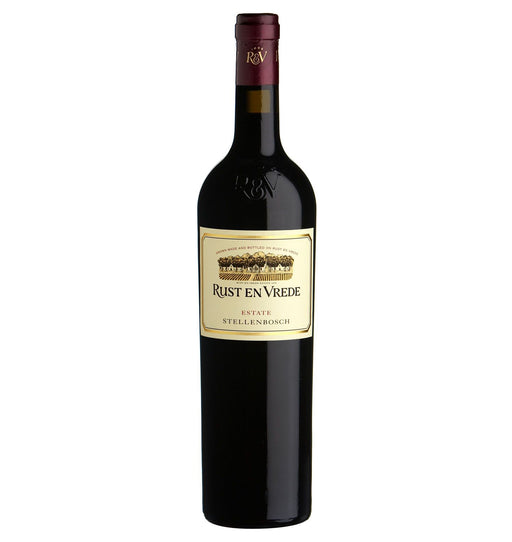 Sold out
£35.18
Sold out
£35.18Rust En Vrede Estate Wine
Rust En VredeThe 2016 Rust En Vrede Estate Wine is a blend of 58% Cabernet Sauvignon, 31% Shiraz and 11% Merlot. It is a deep crimson red, with aromas of tobacc...
View full details -
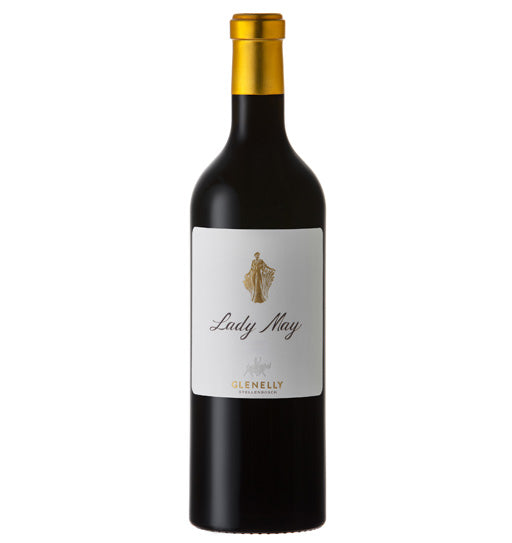 Sale
£36.57
Sale
£36.57Glenelly Lady May
Glenelly EstateElegant and complex, Glenelly Lady May develops flavours of cassis, blackcurrant, dark cherry, a touch of graphite and delicate, spicy plum fruit. ...
View full details -
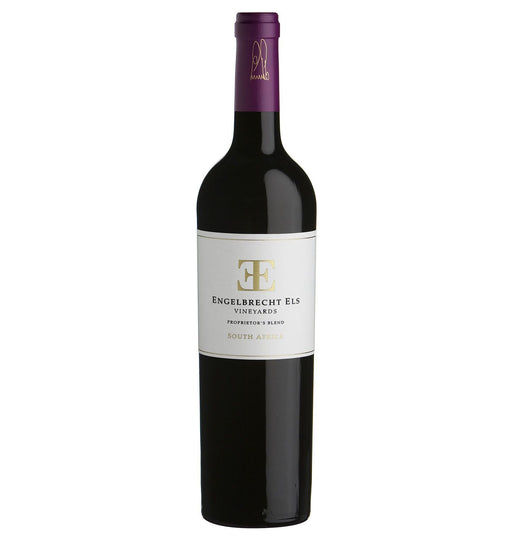 Sale
£30.35
Sale
£30.35Ernie Els Proprietor's Blend 2017
Ernie ElsAfter hand-picking the fruit in the early morning ensuring the grapes came into the winery cool and were transferred to open-topped fermenters for ...
View full details -
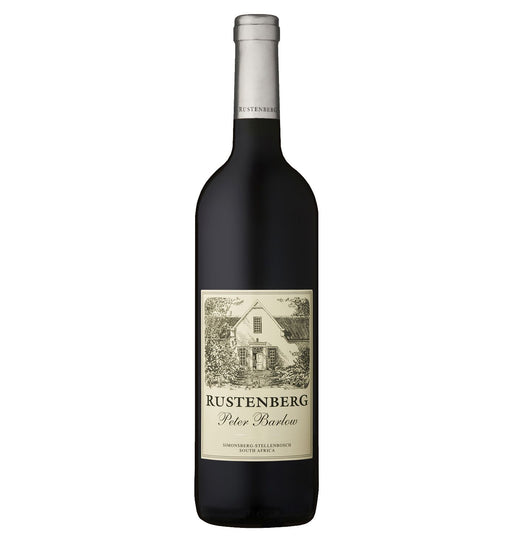 Save 7%
Original price £35.90Current price £33.44
Save 7%
Original price £35.90Current price £33.44Rustenberg Peter Barlow Cabernet Sauvignon
RustenbergRustenberg Peter Barlow Cabernet Sauvignon is characterised by an upfront perfume, intermingled with concentrated cassis and black cherry fruit, so...
View full details -
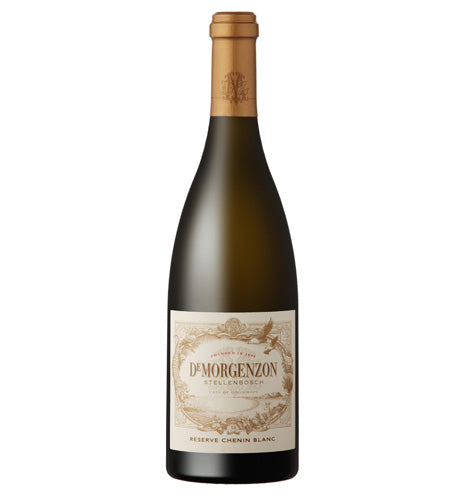 Sold out
£35.35
Sold out
£35.35DeMorgenzon Reserve Chenin Blanc - Stellenbosch
DeMorgenzonDeMorgenzon Reserve Chenin Blanc is a top drawer white wine coming from the decomposed granite soils or Stellenbosch. The aromas are packed with no...
View full details





